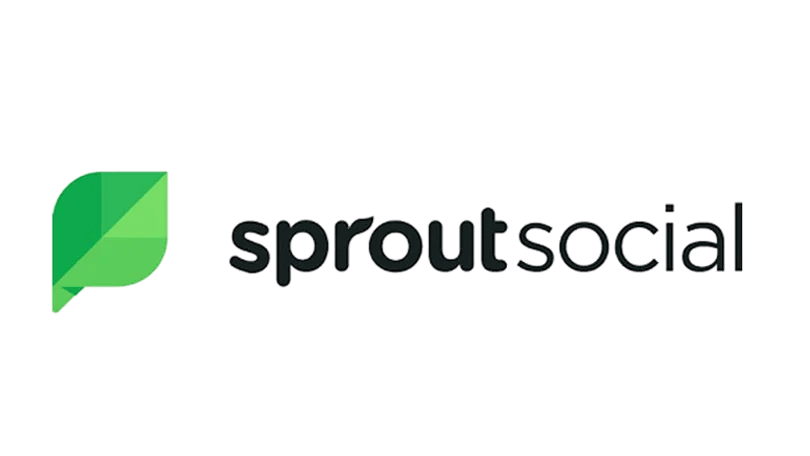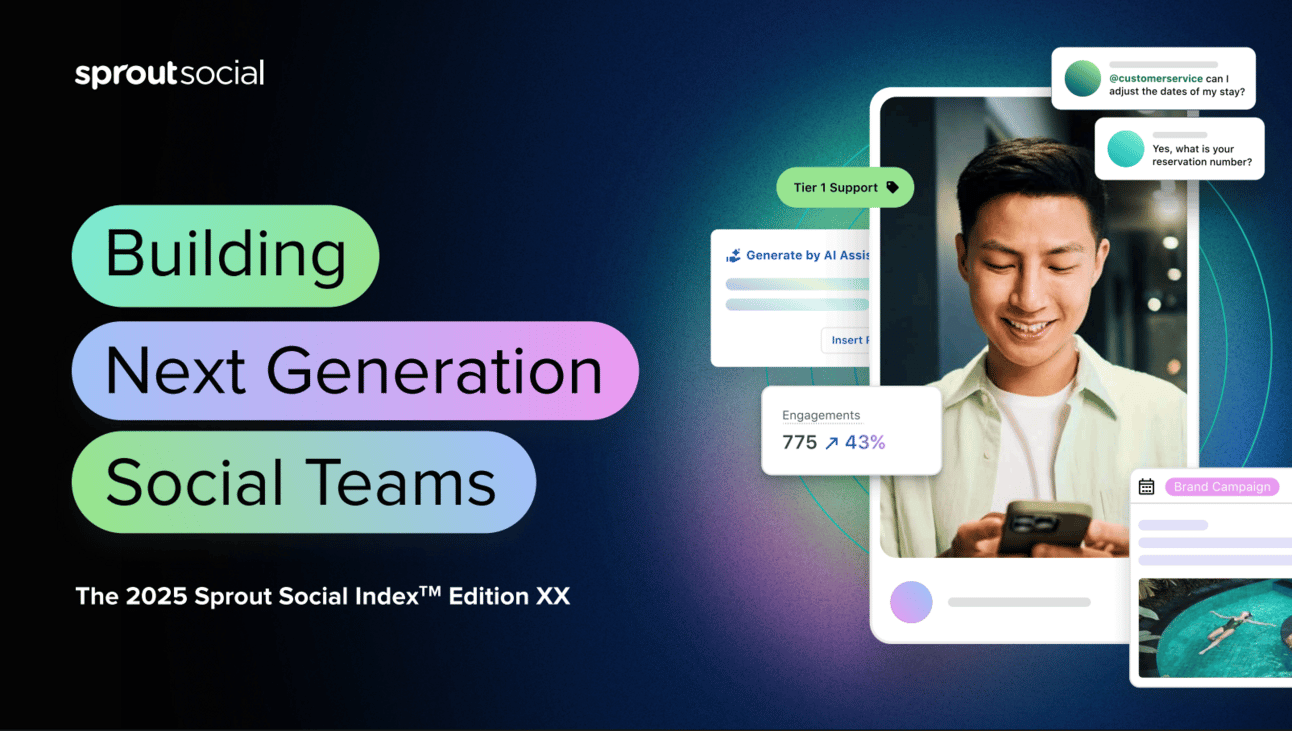IN PARTNERSHIP WITH
TODAY’S EDITION
Alchemy, a fintech company, has launched a $100 million fund to provide influencers with upfront payments for future brand partnerships. I spoke with founder Isaac Wagschal to learn more about how it works.
Facebook creators can now monetize their public Stories.
YouTube highlights its latest updates to its influencer marketing tool, BrandConnect
TikTok is shutting down its standalone photo app, TikTok Notes.
LinkedIn adds a Calendly integration for Custom Buttons.
If you’re enjoying the newsletter, please share it with a friend or colleague. You can also support it via Buy Me A Coffee or by upgrading to the paid tier.
DEEP DIVE
Why Alchemy Wants to Pay Influencers Upfront for Their Brand Deals & How the $100 Million Fund Works

Influencer marketing deals can be highly lucrative—spending is expected to surpass $10 billion this year, according to eMarketer—but one of the biggest challenges creators face is unpredictable cash flow. Marketing budgets fluctuate, brands adjust strategies, and payments can take months to arrive. With many creators’ earnings tied to brand deals, their income often remains inconsistent.
That’s a problem Alchemy wants to solve. The fintech company, founded by Isaac Wagschal, announced the launch of a $100 million fund designed to provide creators with upfront payments based on projected future earnings. Since January, it has already paid out millions to creators.
I spoke with Wagschal to learn more about the fund and how it works.
At first glance, Alchemy may seem similar to companies like Spotter and Breeze, which offer upfront capital based on a creator’s YouTube AdSense revenue. But, Alchemy differentiates itself in two key ways: its target audience and the model it uses to fund creators.
A Focus on Micro and Mid-Tier Creators
Despite the product being “very flexible,” Wagschal sees Alchemy solving real pain points for micro and mid-tier creators who operate across platforms like Instagram, TikTok, YouTube, and more. This is the biggest opportunity, as opposed to macro and mega influencers, where other companies in the space tend to serve.
“A lot of micro-influencers struggle because, first of all, brand deals are inconsistent. There will be pockets of time where they have nothing. Banks don’t realize that this is a real business, and so they don’t give them any credit for it,” says Wagschal.
Wagschal is right. While more traditional financial institutions like VISA and Mastercard are becoming more friendly to creators with recent initiatives, creators still have a lot of convincing to do when it comes to securing capital, especially those who are still trying to break through.
Creators often get declined for funding or a credit card from banks due to inconsistent revenue. “This is where we feel that’s a problem we fully solve. We eradicate this problem,” Wagschal says.
A Different Approach to Creator Funding
Unlike companies that primarily fund creators based on AdSense revenue, Alchemy takes a broader approach, looking at a creator’s entire income, including brand deals, Patreon, AdSense, and other sources.
By analyzing earnings from the past six months, Alchemy projects future income for the next six months and pre-purchases a portion of that revenue. Creators then receive the upfront payment, with a flat fee of 1.15% (on average) added to the amount Alchemy purchases.
For example, If a creator is projected to earn $100,000 over the next six months, Alchemy may pre-purchase 30% of that revenue, providing $30,000 upfront. When that $100,000 comes in—whether it takes six months or a year—Alchemy collects 30% because that’s the portion it already purchased. The creator isn’t ‘paying’ Alchemy; they’re simply passing along the revenue that Alchemy pre-purchased, plus a flat fee of approximately 1.15 ($4,500). Once the total ($34,500) is repaid, the deal is complete.
No Loans, No Debt
One of the most notable aspects of Alchemy’s model is that it’s not a loan—there’s no debt, interest, or fixed repayment timeline. If a creator doesn’t earn the projected revenues in the estimated time or at all, Alchemy takes the loss.
“We pre-purchase a portion of your projected revenue today— but the payments happen whenever you make it. We may estimate you’ll earn $100,000 in six months, but if it takes a year, that’s on us. The fee never changes, and you only make payments as you earn",” says Wagschal. If a creator never makes back the money, say their Instagram account gets hacked, and they aren’t able to get back on their feet, they owe nothing.
Why Alchemy’s Model Can Work for Creators
Alchemy offers a flexible, low-risk solution for creators who need upfront capital but don’t fit the typical funding models. Whether it’s for living expenses, investing in equipment, or managing income fluctuations, Alchemy helps creators bridge cash flow gaps without taking on debt or giving up content ownership.
In an ideal world, creators would never need to get money from others, but if they were going to, a model like Alchemy is attractive, as it is modeled more like a partnership than a loan.
If you're curious about how much you could qualify for, you can use Alchemy's instant qualification calculator to see what you could unlock today.
IN PARTNERSHIP WITH SPROUT SOCIAL
If you're looking to secure more investment in social media—whether it's additional team members or new tools—the key is demonstrating the impact social media is having on the business to your leadership team.
The best way to do it? Focus on the metrics leadership cares about most and use data storytelling to connect the dots.
According to marketing leaders surveyed in the latest Sprout Social Index Report, this includes:
Tie social media efforts to business goals: How is social driving customer acquisition, increasing website traffic, or boosting share of voice?
Highlight cost savings: Show how social media offers a more cost-effective alternative to other marketing channels.
Share social data in a contextualized way: Use dashboards and data visualizations to turn data into a language that leadership understands.
For more on this, along with other insights into social media, from what’s working to where teams should focus their attention, grab a free copy of the Sprout Social Index Report here.
NEWS, TRENDS, & INSIGHTS
Meta
Instagram rolled out Shortcuts, allowing users to create quick selection shortcuts when sharing posts via Direct Messages. This makes sharing content faster and more seamless, encouraging the growing trend of content sharing via DMs.
Facebook now enables creators to earn money from their public Stories through the Facebook Content Monetization Program. Creators are paid based on performance, with no view threshold required. Stories often showcase low-effort content—like everyday moments and behind-the-scenes glimpses—making them an easy, low-barrier format for monetization.
Threads rolled out new personalization and control features. Users can now add up to ten topics to their bios, get prompts for trending topics while posting, and limit replies and quotes to followers. Feed reordering is now an option, and the video player has been updated with improved controls.
YouTube
YouTube shared recent updates to BrandConnect, its creator-brand collaboration tool. Brands now have a central hub in Google Ads to manage partnerships, while creators can link their videos to brands for performance insights. It’s all part of YouTube’s bigger push to take a more active role in influencer marketing—a shift I covered a few months ago.
YouTube is hitting the road this spring to celebrate its 20th anniversary. Through its Creative Collective program, the platform will stop in all 50 states, hosting events for the creator community. In-person creator engagement is shaping up to be one of this year’s biggest trends. Check the schedule and RSVP for your city here.
YouTube is experimenting with Visual Guides for Shorts, enabling creators to preview how text overlays and stickers will appear to viewers. This will help creators avoid placing these elements where they could be obstructed by the video title or description. It’s especially beneficial for brand partners, as it ensures sponsored content is displayed properly, such as when videos are being turned into ads.
YouTube is also testing the ability to hide End Screens, allowing viewers to remove them with a button at the top right of the video for a cleaner, less cluttered experience. Creators have relied on End Screens to direct viewers to other videos, so it will be interesting to see how this impacts viewership.
TikTok
TikTok introduced Security Checkup, an all-in-one security tool that includes backup login methods, two-step verification for unfamiliar devices, activity monitoring, and Passkeys. Since TikTok accounts are crucial for creators and brands, these measures will be embraced to safeguard accounts.
TikTok is discontinuing TikTok Notes, its standalone photo-sharing app. Users have been notified that the app will be shut down on May 8, with a push to Lemon8. Despite initial buzz, interest in TikTok Notes waned, and the integration of Lemon8 with TikTok makes the shutdown less surprising.
LinkedIn is testing the temporary removal of the Video tab in some countries as part of a trial for new video placements and the global rollout of its full-screen vertical video player in the feed. The test likely aims to determine whether dedicated video experiences are necessary or if the in-feed immersive video format will suffice.
LinkedIn also launched a bi-weekly newsletter, Create Video, which will highlight best practices, video examples, and new features. It’s investing in more resources to help users create videos alongside new product updates.
LinkedIn added a Calendly integration for Custom Buttons. Premium users can now set ‘Book an Appointment’ as their button, create or link a Calendly account, and let visitors schedule meetings directly on LinkedIn. This will help service-based professionals to turn profile views into business opportunities.
Reddit introduced a ‘Hide ad’ option, allowing users to remove ads from their feeds by tapping the three dots on an ad. This not only removes the ad but also hides future ads from the same advertiser for at least a year. Reddit has been ramping up its advertising solutions while still prioritizing the user experience.
WHAT I’M READING
Why is the govt handing out $1 billion to content creators? (The Economic Times)
India has announced a $1 billion investment to support digital creators, providing funding, skill development, global marketing opportunities, and more. Prime Minister Narendra Modi recently said that creators were key to India’s ambition to become a $5 trillion economy.
Good Good Golf Raises $45M In Round Led by Creator Sports Capital (The Hollywood Reporter)
Creator-led golf media brand Good Good Golf raised $45 million in a new funding round, highlighting the continued investor interest in creator-powered media companies, following Dude Perfect's $100 million raise last year.
There’s no standard rate for paying creators—what’s considered fair can vary widely by marketers. See how five marketers across brands, agencies, and more price the same creator.
THANK YOU FOR READING
Support the Newsletter: If you'd like to support the newsletter, you can do so by sharing it with a friend or colleague, contributing via Buy Me A Coffee, or upgrading to the paid tier.
Stay Connected: For more content and updates, visit my website or follow me on LinkedIn, Threads, Instagram, Flipboard, and Bluesky.
Interested in working together?: I’m available for a full-time role, consulting, advising, brand partnerships, speaking, and more. Let’s connect here.


